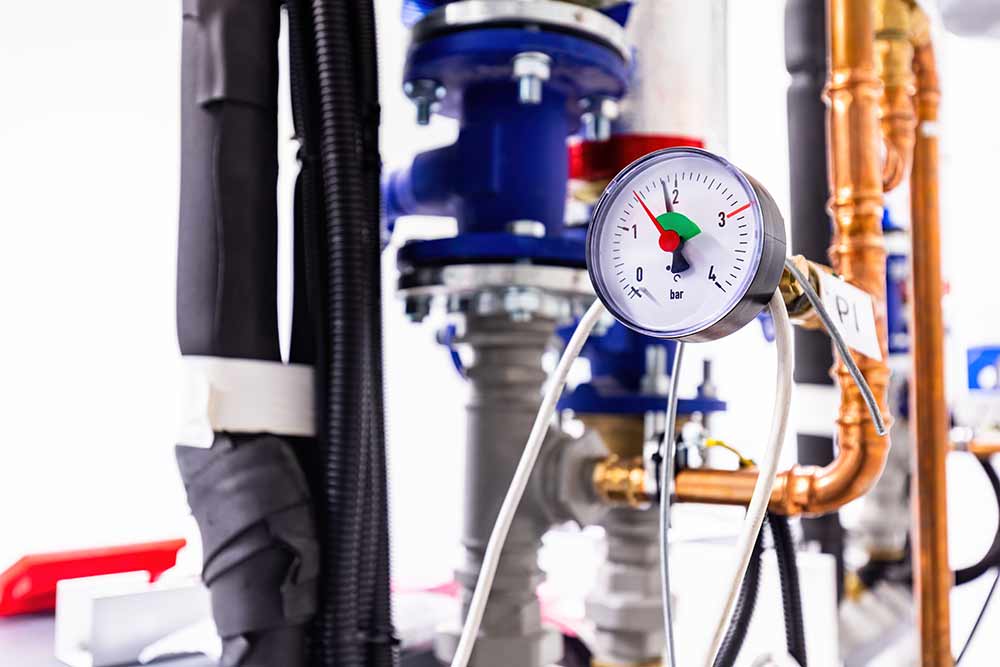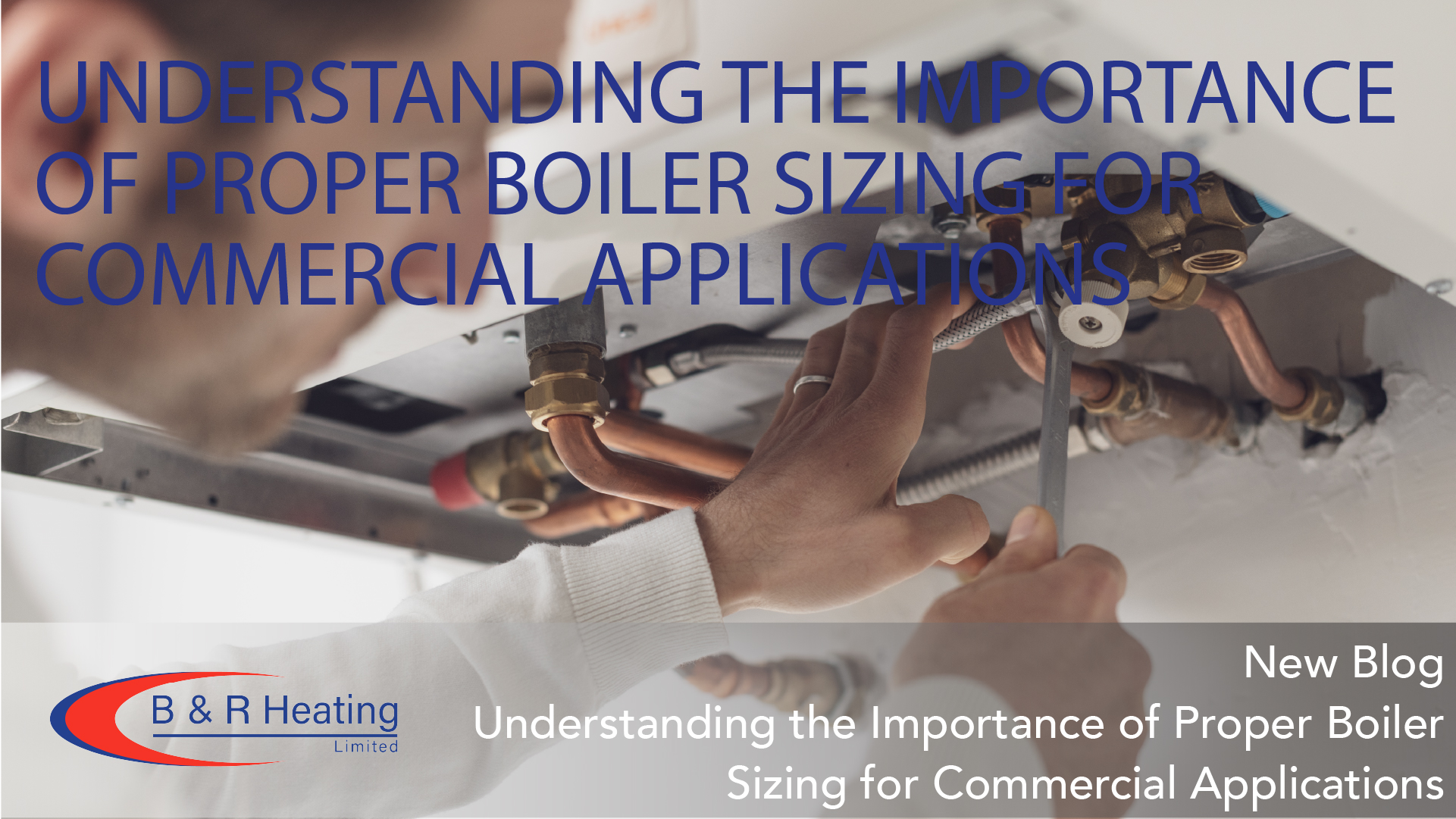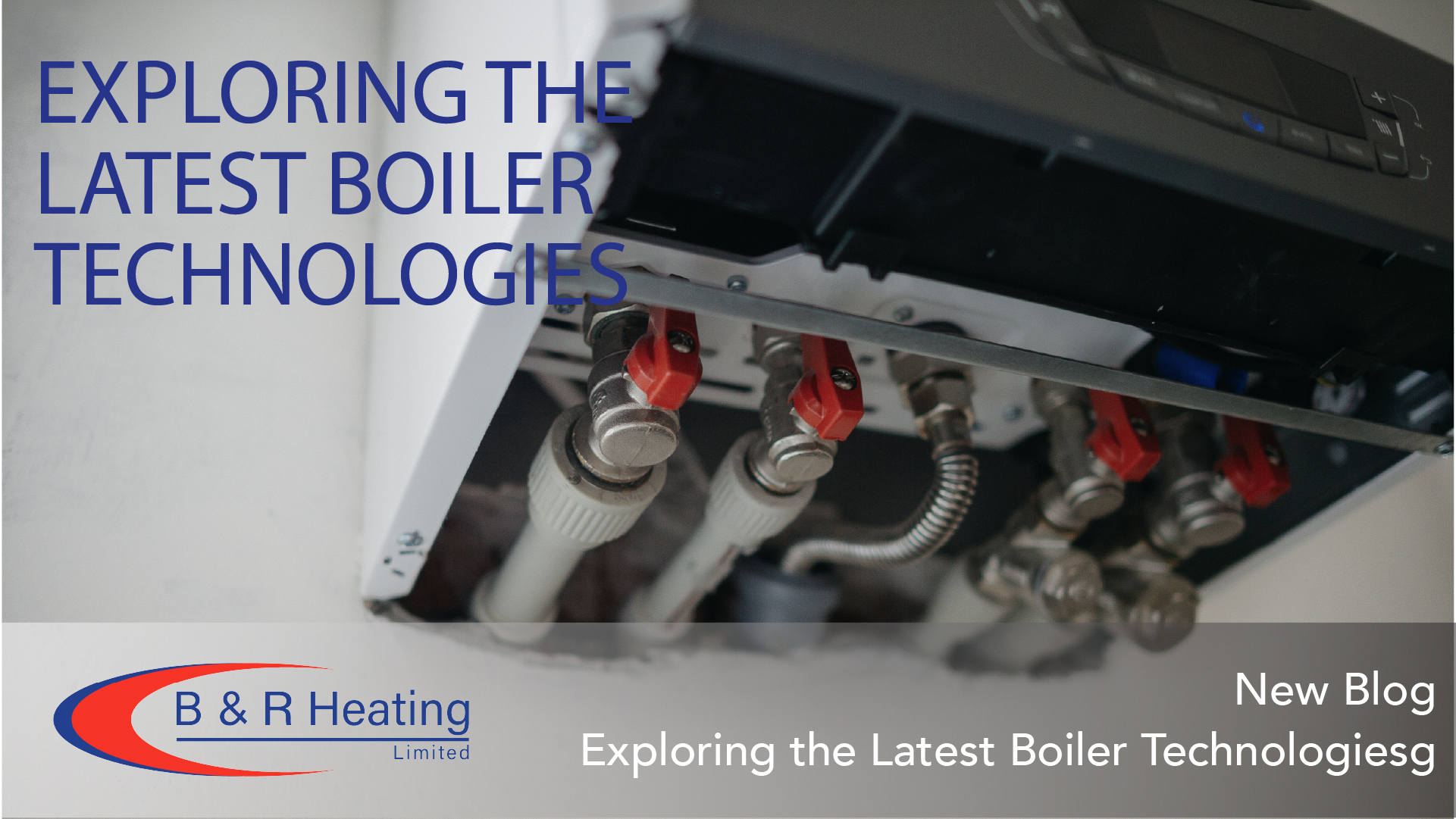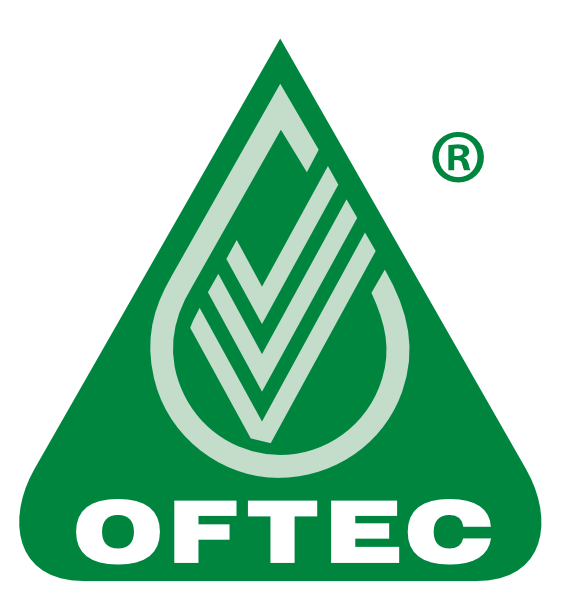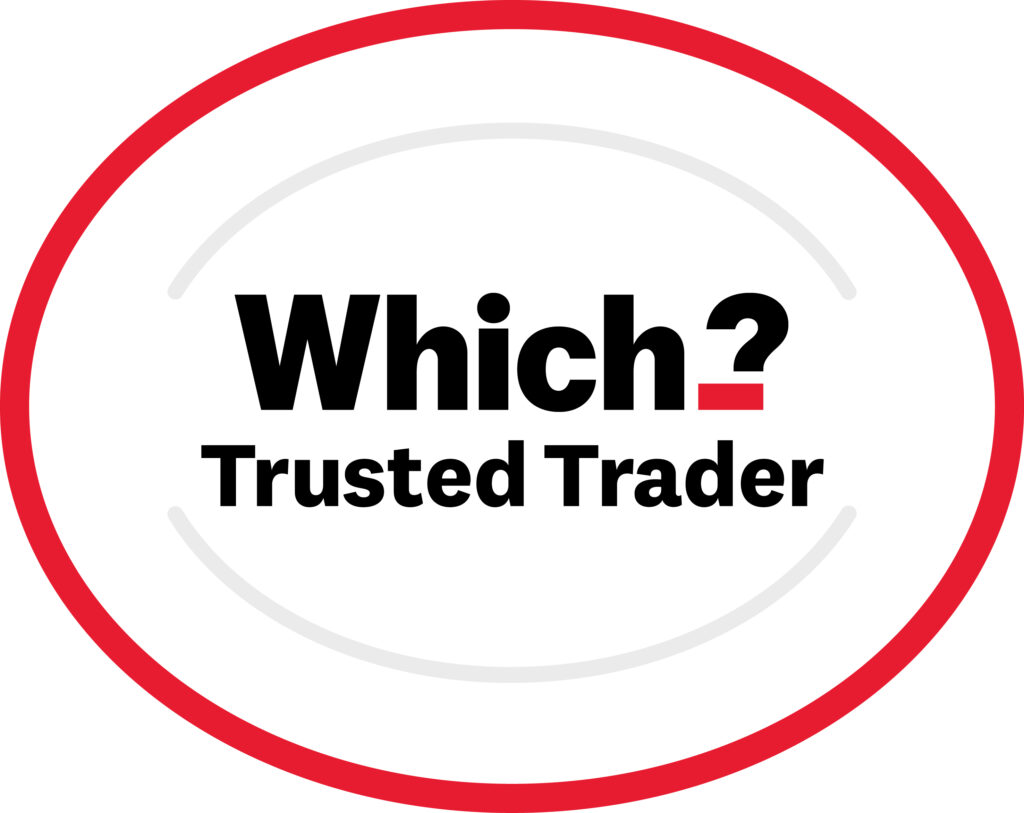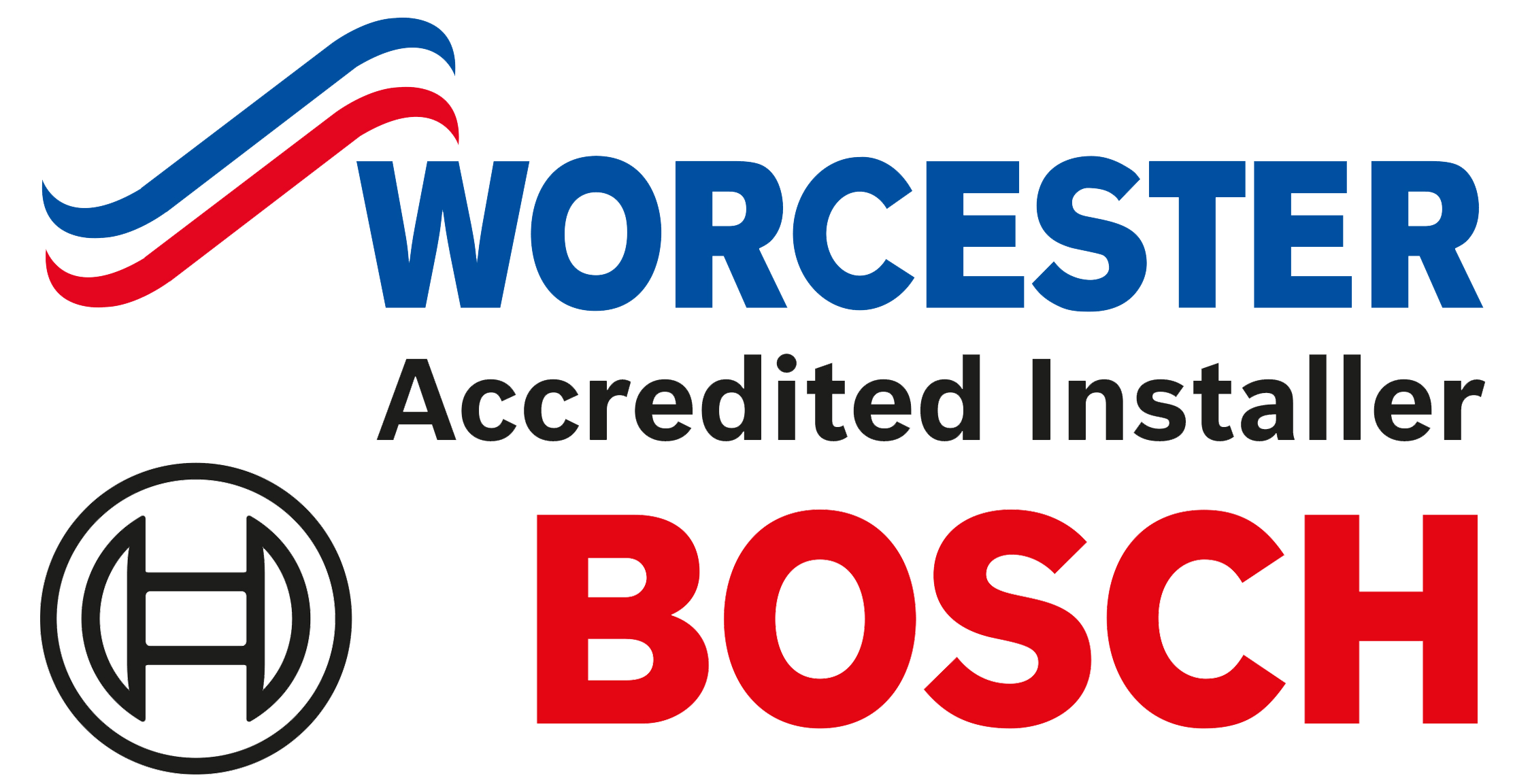The need for warmth is one of the few essential things that we as people have in common. Indoor heating systems, whether they are for domestic or commercial reasons help significantly to ensure we are always provided with warmth.
Over the years, the technologies used when it comes to our heating systems have advanced drastically. This means that there are numerous ways we can be kept warm when choosing from an array of highly efficient heating systems.
Creating a comfortable and warm environment within a commercial building is vital, particularly if this is a space where people go to work every day. Heating installations that provide HVAC (heating, ventilation and air conditioning) are somewhat essential to the commercial buildings by moderating the indoor air quality and preventing condensation, mould growth and so on. However, Commercial heating systems can do much more than that!
Mechanically speaking, commercial heating units can be very challenging to understand. That’s why we always recommend talking to accredited heating engineers regarding any installments, repairs, or services you may require for the system. They will be able to ensure you receive the best advice for your commercial building. Particularly if you’re looking to improve on the building’s energy efficiency alongside installing a more sustainable system.
Commercial boilers, for example, are pressurised systems that use combusting fuel or electricity to generate heat. The boiler’s coils or burners heat up water within the boiler, pushing the hot water (or steam) through the pipework to radiators around the property. While these systems are popular, other commercial buildings may require something more economically viable, proactive or cost-efficient.
There are quite a few different options when it comes to heating equipment for your commercial building – To help you, we have created a quick guide to the different types of systems you may be able to choose from.
- Oil or gas heating – commercial boilers are prominently used to heat larger properties. Whether oil or gas boilers, water is heated and then sent to radiators, or in some cases, water is used to create steam that is then sent through the pipe system.
- Heat exchanger system – otherwise known as a warm air heating system, this uses a fan to draw air across a heat exchanger. This exchanger is essentially a system used to heat air and distribute it throughout a space evenly, making it ideal for applications where constant and consistent temperatures are needed.
- Destratification heating – this system uses thermal destratification, meaning it mixes a building’s internal air to eliminate stratified layers of heat and create a consistent temperature everywhere. Destratification fans recirculate the warm air so that floor-level and ceiling-level temperatures remain at normal levels.
- Heat pumps – these systems take the heat out of the air and pump it back into the building. Heat pump systems don’t require oil or gas to regenerate; they work well in facilities kept at set temperatures.
- Air rotation systems – these systems move large quantities of air at controlled temperatures. Cooler air is continuously drawn from below the heater, creating level temperatures all round. These heaters are suitable for warehouses or other areas that require frost and ice protection, creating constant temperatures without using ducts.
- HVAC systems – these systems are efficient at keeping commercial properties warm during winter and cooler during the summer. These heating systems have compressors that convert refrigerants from gases to liquids, which are then sent through coils in the unit, along with the refrigerants.
There are a few other heating system options such as geothermal energy, solar power, or other sustainable resources to heat a building. Compared to a standard oil or gas boiler, the possibilities are quite expansive. If you need more advice or information about solutions that will give you optimum performance and best value for money, speak to us at B&R Heating where we can help you with both your domestic and commercial heating needs.

